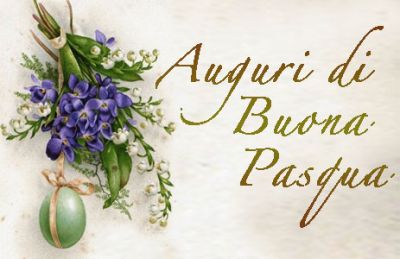Every year on Good Friday, the longest religious display in Italy (lasting 24 hours) and repeated among the oldest year after year (400 years), takes place in Trapani, and many tourists pay a special visit. This Procession of the Mysteries begins at 2pm on Good Friday at the Church of Anime Sante del Purgatorio and ends at 2pm on (Holy) Black Saturday at the church.
The procession consists of 18 statue groups and 2 of His mother, Mary. They are representations of the Passion and Death of Christ. They are mounted on huge platforms, with their floor covered in black and attached poles made by Trapanesi sculptors. Each sculpture depicts a memorable scene of the Mysteries, including the Crucifixion of Christ, and they are decorated with fresh flowers.
Each ceto (vara) in the procession is purchased by the men that carry the statues that gently bob and sway during the procession. Also cost-covered are the bands that accompany these groups, and again, it’s the carriers who paid for this privilege.
These wooden platforms, decorated with papier mache’s and lights, are assembled at the church on Good Friday morning. Each ceto (sculpture display) slowly comes out of the church with its musical group playing funeral marches like “Perdute Speranze” (Lost Hope). The other ceti follow and the two of Mary come out last. The procession is joined by forty scarlet-robed members of the Confraternita di San Michele, groups of young girls dressed as angels carrying banners with pictures of “Veronica’s Veil,” nuns, Franciscan friars, priests and groups of women mourners weeping loudly.
The ceto of Mary at the tail end of the procession is dressed in black, with her face dark skinned and Moorish-looking. She holds a white handkerchief and her heart is pierced with a dagger. This image suggests that she does not know that Christ has died, only that he has been arrested, so she searches everywhere for Him throughout the night. The procession winds through most of the streets and neighborhoods, and spectators observe and follow until the Mysteries Procession re-enters the church on Holy Saturday. The ceto of Mary is the last to enter the church. The crowd disperses believing there is death, but hope there is something better ahead.
“As long as there is death, there is hope,” wrote Lampedusa in his classic “Il Gattopardo” (The Leopard). The procession provides a sense of relief to all from their emotional stress. After death, they can hope to find something better. Easter and Spring bring the Resurrection and the rebirth of religion and Mother Nature.



